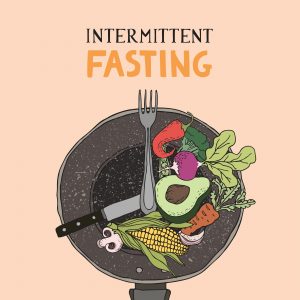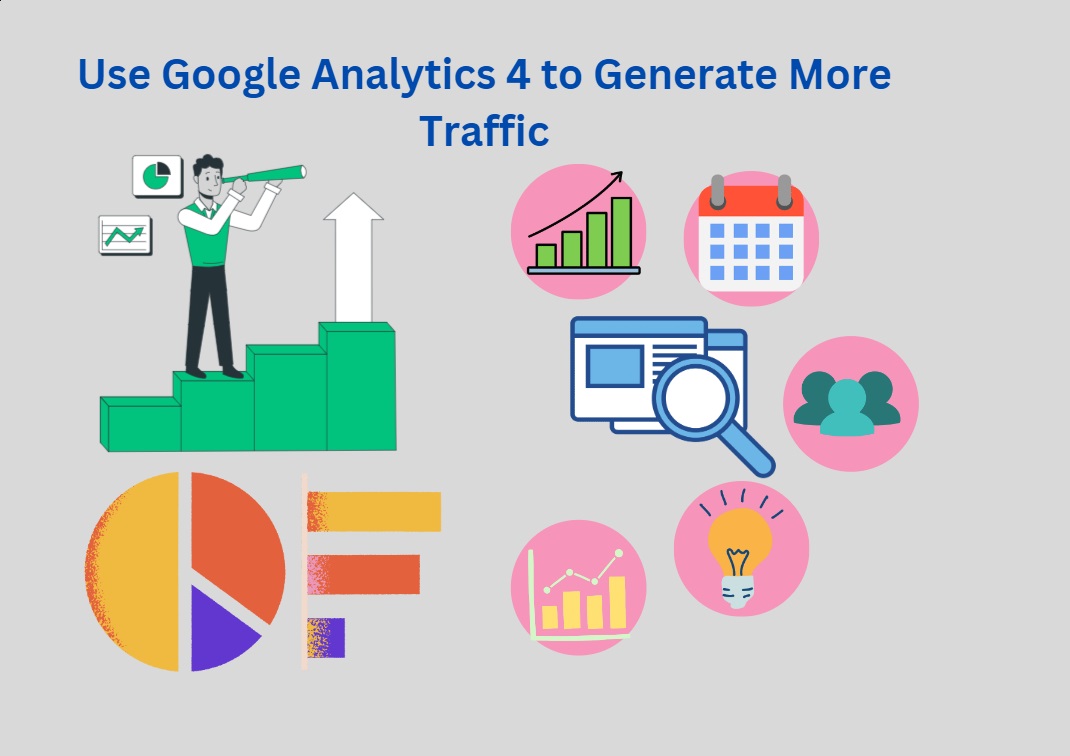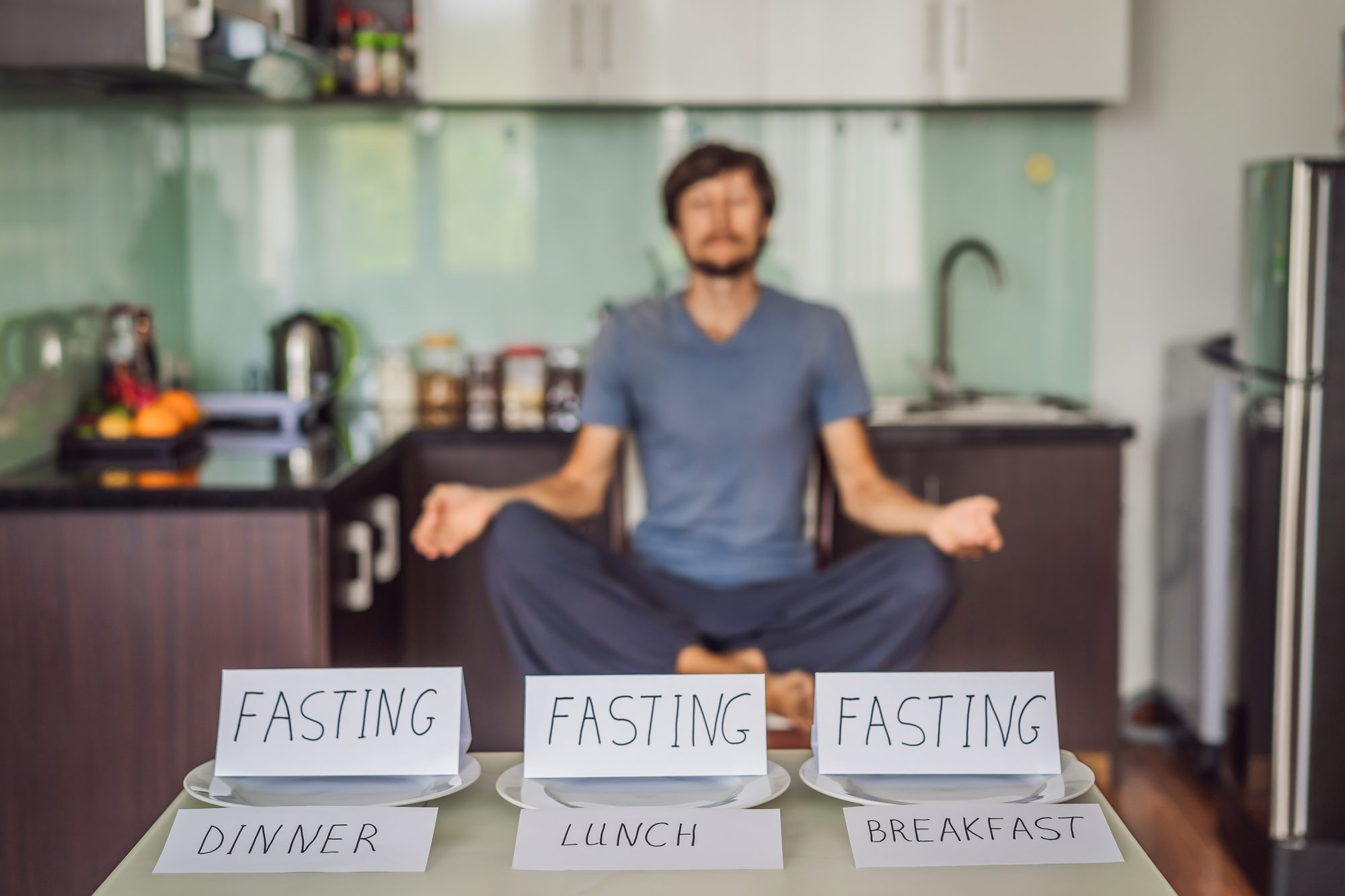A Guide to Intermittent Fasting
Each year, new trends emerge for dieting and fasting. It’s hard to keep track of all the different intermittent fasting methods out there. When it comes to planning meals and burning fat, it seems like everyone has their own preferred way to do it. How do you fast in a way that’s healthy, safe, and effective?
The main idea behind intermittent fasting is to alternate between eating and abstaining from food completely. But what periods of the day are best for fasting, and how long should you wait between meals?
We’ve put together the methods that nutritionists, personal trainers, and medical advisors use when practicing intermittent fasting. In this article, we’re going to explore how long you should wait between meals, the benefits of this weight-loss method, and what you can do to maximize your results:
Jamie Hickey, a certified personal trainer and nutritionist with Truism Fitness says:
“The most effective and safe fasting schedule is the 16:8. On this program, you will have an 8-hour window to eat your daily allotment of calories, and then you’ll fast for 16 hours. If you go longer than 16 hours, your body will go into starvation mode and will actually start to hold onto your fat reserves in case it needs them for energy production. If you go below 16 hours, your body won’t be motivated to use your fat for energy production, and it will use the food you’re eating instead.”

NYC-based nutritionist, Alicia Harper, with Probiotic Review Girl shares:
“I have recommended intermittent fasting to quite a few different clients over the years, and I also do it myself. I find a common issue people face is fatigue often after meals. I personally skip breakfast and have had good results both mentally and in my gut health. Skipping breakfast means that you can count your sleep time as fasting time as well. If you have your last meal at 7pm, wake up at 7am and then have your first meal of the day at midday then you will have done a 17-hour fast. I find this to be a good amount of time for myself and my clients. Any longer than that and you may experience side effects as a beginner.”
Kristina Hendija, MD and medical advisor at Beardoholic shares this statement, saying:
“Intermittent fasting promotes weight loss as people who fast usually have less time to eat, meaning they are in a caloric deficit. However, fasting alone won’t lead to weight loss – we need to eat low-calorie food to shed off those pounds. Con of intermittent fasting is the fact that it’s hard to obtain. We need to count nutrients, prepare meals, and fit them into our daily commitments. Plus, to be truly effective, intermittent fasting should be practised constantly – once they stop fasting, people usually bring back the weight they’ve lost.
Intermittent fasting can help bring back the symptoms of insulin resistance in order, which can further help with diabetes prevention and management. Intermittent fasting helps in reducing glucose in the blood and improving insulin sensitivity by lowering the concentration of leptin which is a hormone that regulates the sense of hunger.”
Lisa Richards is a nutritionist and author of The Candida Diet. She has been featured on Today, US News, Women’s Health magazine, among others. Lisa says that:
“Intermittent fasting has become increasingly popular over the last couple of years for its weight loss and heart health benefits. It has the efficacy and science to back it up. There are three primary types of intermittent fasting; the 5:2 diet, the 16/8 method, and the eat-stop-eat method. Intermittent fasting can change your relationship with food in a positive way by causing you to eat more mindfully and seeing food as fuel. Once you begin to see that food at its most basic form is for fueling your body you can eat more mindfully. This may sound restrictive, but it gives you the opportunity to enjoy meals that aren’t necessarily healthy or on plan because you are being mindful in every other meal. This leaves you with less regret and less likely to binge eat.”
Jordan is a certified ACE personal trainer, nutrition specialist, and nutrition health coach from JB Hardin Health and Fitness and has a great take, saying:
“Intermittent fasting can range from 12 to 20 hours. The best time frame is one to match your unique schedule! I do recommend that a huge portion of the fast occurs while sleeping to make it easier. A person working night shift would want the majority of the fast during the day and a person working day shift would want to fast overnight. One of the pros is that it promotes fat loss. Insulin levels, when elevated, allow excess sugar to be stored as fat. They are lowered during fasting, allowing fat cells to release stored sugar as energy. Boosts HGH (human growth hormone), the hormone that can assist with strength and performance, cell repair, and managing metabolism.
It takes practice to get used to a new eating schedule. It can be hard to break habits like snacking before bed or eating immediately after waking up. Hunger pains can vary from person to person, as your body adjusts. Some studies have suggested that the best time to start fasting is in the hours leading up to your sleep cycle, due to the benefits of eating breakfast. But in reality, the best timeframe will be one that allows you to be consistent. Consistency is key to reap the most benefits from fasting.”

Rachel Jones is in charge of PR for Hope Health Supply, a leading provider of PPE in America. She is an expert in business, marketing, public relations and much more. Rachel says:
“Many people use intermittent fasting as a way to get in shape or lose weight. It has its benefits, but one must realize there are also a lot of downsides to this weight loss method. For example, most of these diet plans are very easy to follow, and allow for little to zero calorie counting.
However, many intermittent fasting plans don’t recommend any physical activity at all. People may lose weight, but they’ll be tired and lethargic. There have also been studies linking these diet plans to weight loss, which is what many people want out of intermittent fasting plans. However, this may also lead to periods of extreme hunger.”
Christina Friedman, the founder of Women’s Fitness HQ says:
“I would say the main con to intermittent fasting is that it can mess up normal eating schedules, which can then affect our family and social lives. So much of our socialization revolves around eating and drinking. But if you are limiting your intake to a specific time window, then you might have to skip that morning coffee meet up or that family dinner. However, nothing comes easy – so we adapt. The pros far outweigh the cons when it comes to IF. Despite the scheduling issues, it’s much easier to restrict your calories doing IF because rather than trying to count them, you simply keep your eating to a time window.”
Eddie Johnson, body builder, health and fitness expert, and writer/editor for Anabolic Bodies shares his thoughts saying:
“Intermittent fasting lowers blood cholesterol, triglycerides, inflammation, and blood sugar levels. This increases your body’s ability to burn fat while also assisting in muscle growth. Intermittent fasting promotes less muscle loss when compared to other calorie-restricting techniques. If you practice intermittent fasting, it will make your life a lot easier. Eating healthy can be difficult, and planning and preparing healthy meals can take time. Losing weight is much easier if you eat less. “
Emily Stork is the Co-founder and CFO of Worth The Fight Boxing & Fitness Studio and shares her insight saying:
“If you’re a woman, you should keep your periods of intermittent fasting to no more than 12 hours. Otherwise you are risking causing hormonal changes that may counteract your attempts to lose weight. Men can do it for up to 16 hours. In either case, though, listening to your own body is key – 12 or 16 hours might be too long for you. Some people’s bodies react poorly to intermittent fasting. It is sometimes touted as this great solution but it is really just one tool in the toolbox and, for some people, it is actually counterproductive.”

James Jackson, personal trainer at Critical Body, shares his ideas from a muscle growth and building perspective saying:
“As a personal trainer, I’ve had great success in implementing intermittent fasting for some of my clients. But for those seeking to maximize their muscle growth, I always recommend eating more frequently if their lifestyle allows for it. So let me tackle this question from a body composition perspective since that’s my area of expertise:
It seems like everyone’s singing the praises of intermittent fasting at the moment. But are you shooting yourself in the foot by jumping on the IF bandwagon? If you’re trying to get those gym gains, then intermittent fasting could be hurting you big time. Spiking muscle protein synthesis (MPS) with regular meals or protein shakes is essential for maximizing hypertrophy. So by stimulating MPS too infrequently, you’re leaving considerable muscle growth on the table.
Likewise, if you eat too little while practicing IF, then you run the risk of losing muscle mass. Not only will this make your physique look less toned, but it’ll also lower your metabolism because muscle tissue is more metabolically active than adipose tissue and thus burns more calories at rest.
By using intermittent fasting to lose weight, you can effectively reduce your calorie intake and build a healthier relationship with food. You may need to try out a few different methods to find one that works for your body.
As with all diets, there are sacrifices you must make for it to work. It’s hard to turn down dinner with friends or your morning hash browns, but it’s essential if you want effective results.
If you’re planning to build muscle mass, intermittent fasting may not be the right choice for you. You could be burning the calories you need to gain those muscles. But for those looking to burn fat and start eating on a regular schedule, intermittent fasting can help.”











